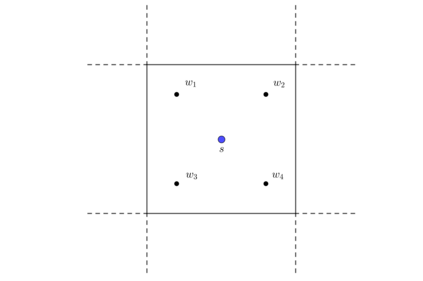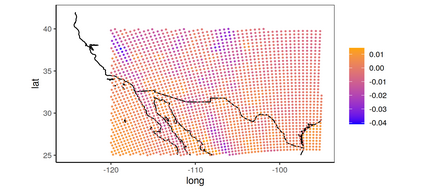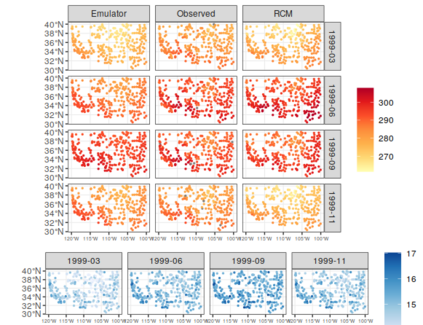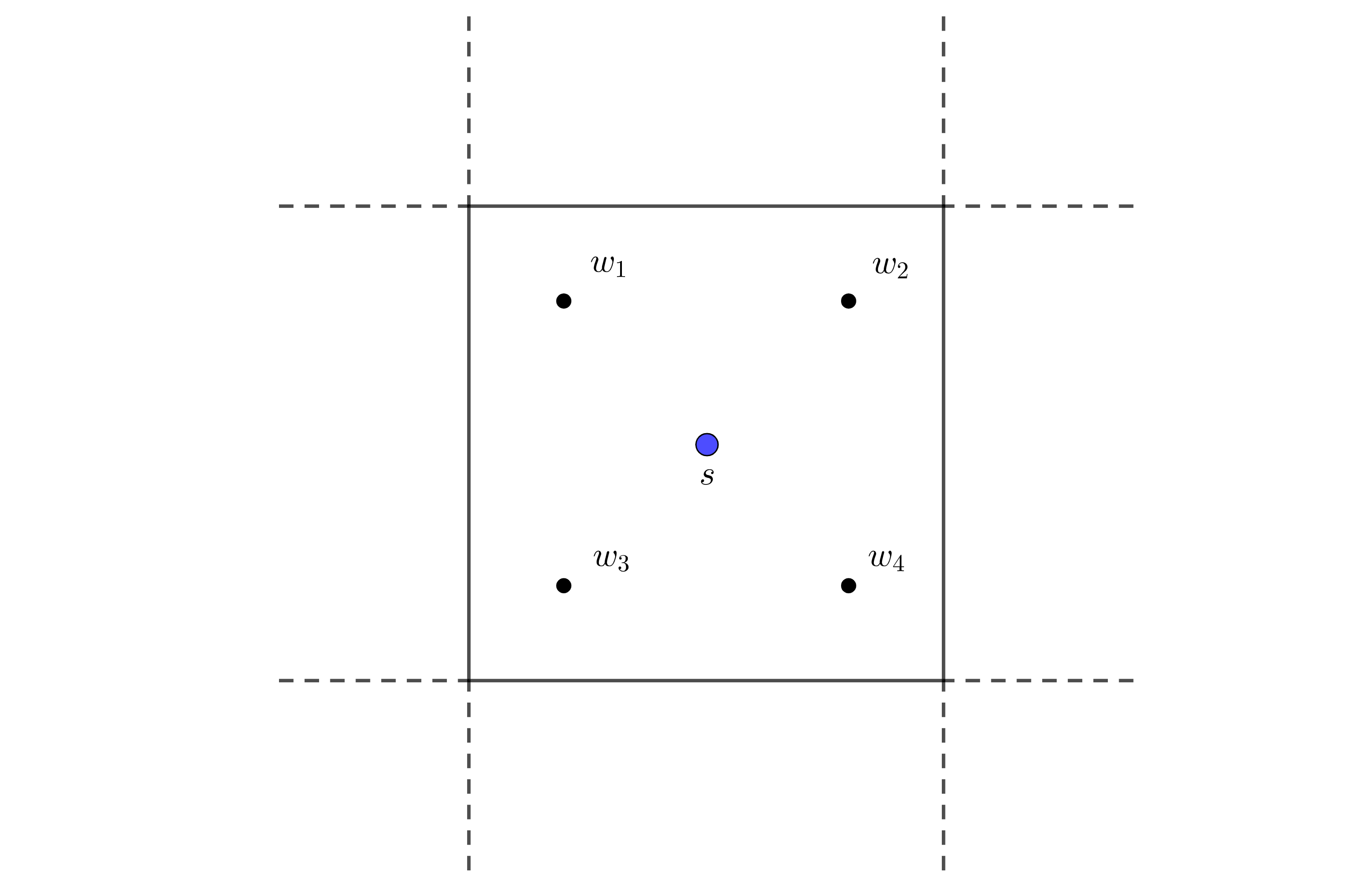Regional Climate Models (RCM) describe the meso scale global atmospheric and oceanic dynamics and serve as dynamical downscaling models. In other words, RCMs use atmospheric and oceanic climate output from General Circulation Models (GCM) to develop a higher resolution climate output. They are computationally demanding and, depending on the application, require several orders of magnitude of computer time more than statistical climate downscaling. In this paper we describe how to use a spatio-temporal statistical model with varying coefficients (VC), as a downscaling emulator for a RCM using varying coefficients. In order to estimate the proposed model, two options are compared: INLA, and varycoef. We set up a simulation to compare the performance of both methods for building a statistical downscaling emulator for RCM, and then show that the emulator works properly for NARCCAP data. The results show that the model is able to estimate non-stationary marginal effects, which means that the downscaling output can vary over space. Furthermore, the model has flexibility to estimate the mean of any variable in space and time, and has good prediction results. INLA was the fastest method for all the cases, and the approximation with best accuracy to estimate the different parameters from the model and the posterior distribution of the response variable.
翻译:区域气候模型(RCM)描述全球大气和海洋的中间尺度,并用作动态缩放模型。换句话说,RCMS使用通用环流模型(GCM)的大气和海洋气候输出来开发更高分辨率的气候输出。这些模型在计算上要求很高,并且根据应用情况,要求计算机时间的量级比统计气候降幅多。在本文中,我们描述如何使用一个具有不同系数(VC)的时空统计模型,作为REM使用不同系数(VC)的缩放缩放模拟器。为了估算拟议模型,对两种选项进行了比较:INLA 和 Explacecoef。我们设置了一个模拟,以比较两种方法的性能,以建立RMM(RM)统计降缩放模拟器,然后显示模拟器对NARCCAP(NARCCAP)数据正常工作。结果显示,模型能够估计非静止边际效应(VC),这意味着降缩放输出可以随空间变化而变化。此外,模型具有灵活性,对各种空间变化的精确度的精确度参数,而任何空间的精确度都是所有变量的精确度,对空间的精确度的精确度是所有变量的精确度。</s>








